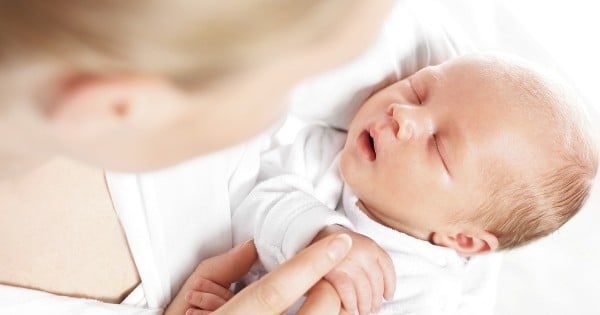We now know exactly what a newborn can see and for the first time it can be recreated, experts say.
Babies who are only a few days old can perceive faces and may be able to read emotional expressions at about 30cm, according to a Norwegian and Swedish study.
The ruler-length distance is about the same distance between a mother breastfeeding or bottle-feeding their baby.
That means when I locked eyes with my baby when he was first born, perhaps he could see my teary eyes.
This image shows how a newborn perceives expressions. Image courtesy of Olof von Hofsten/EclipseOptics and Bruno Laeng/UiO
The researchers mixed the information already known about infant’s visual world with mathematics and new technology.
“Previously, when researchers have tried to estimate exactly what a newborn baby sees, they have invariably used still photos.
“But the real world is dynamic. Our idea was to use images in motion," says Professor Svein Magnussen from University of Oslo.
The professor wanted to research it about 15 years ago but it didn’t come to fruition until recently.
“Back then we had neither the equipment nor the technical competence to test our idea,” he said.
What was already known about babies visual perception came from research mainly conducted in the 1980s.


